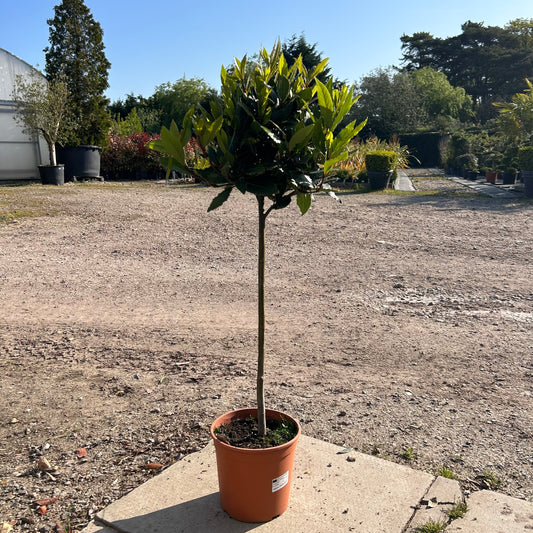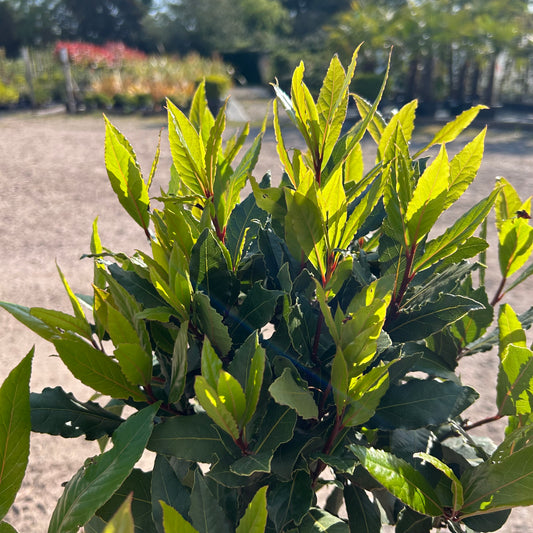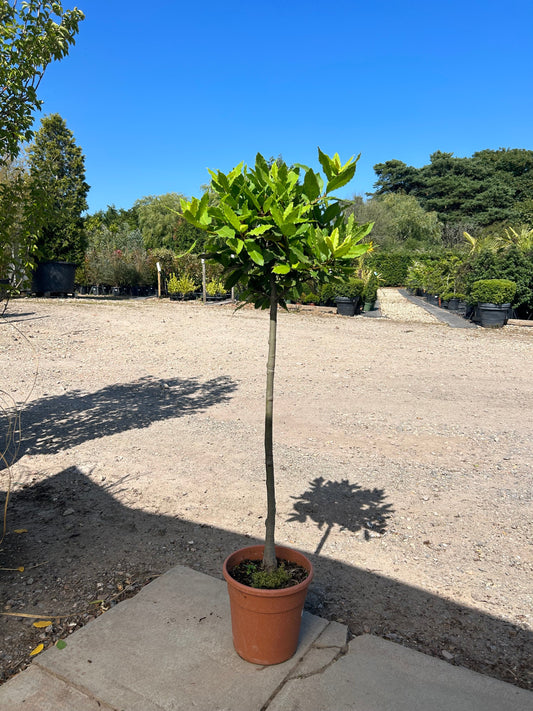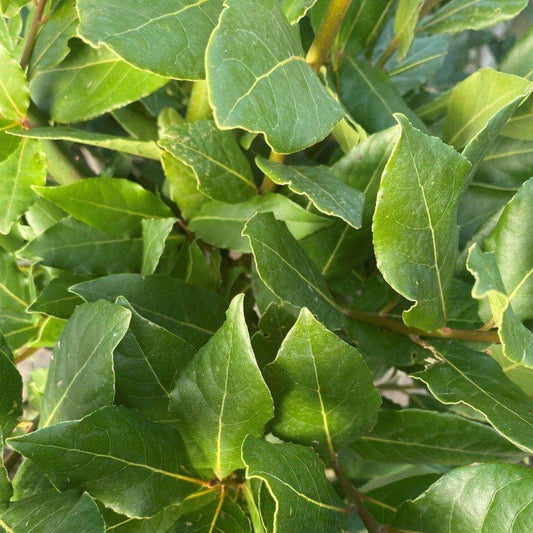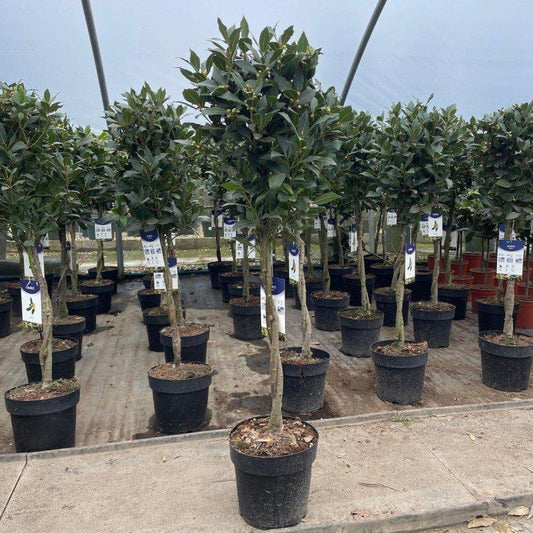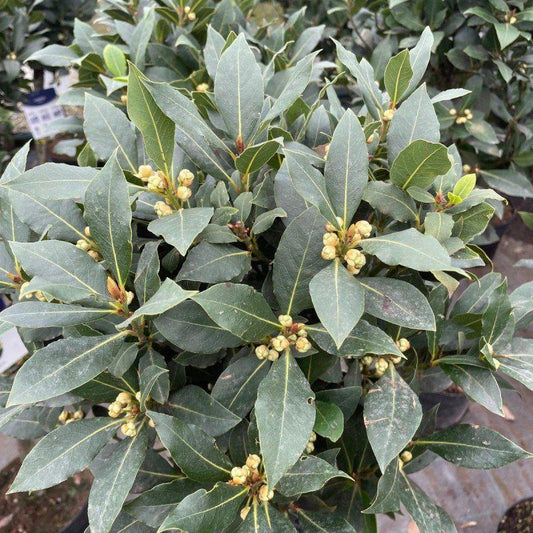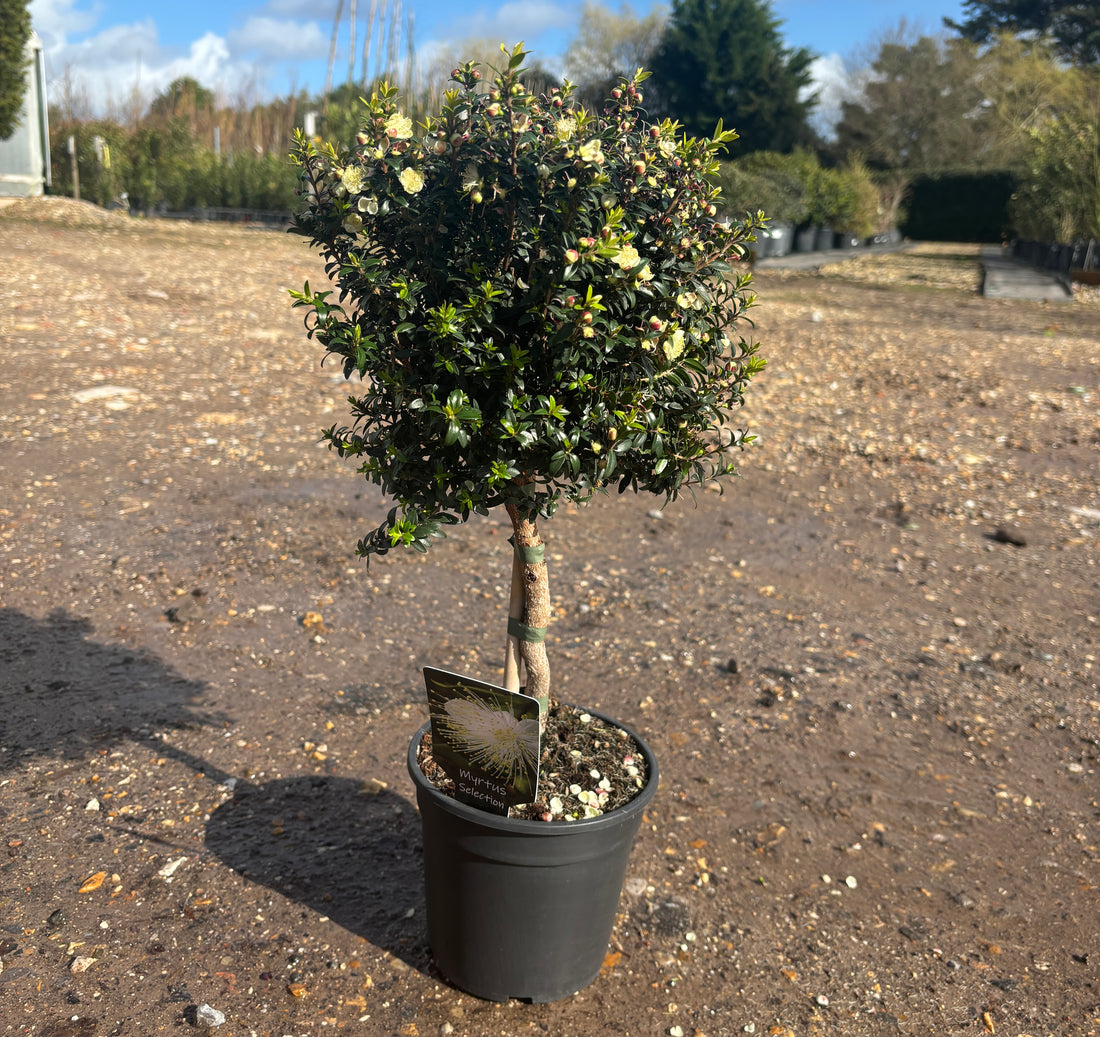The Large Mini Myrtle (Myrtus communis) is a compact evergreen shrub known for its fragrant, glossy leaves and delicate white flowers. Growing to about 70cm in height, this plant is ideal for UK gardeners looking for a versatile, low-maintenance option for containers, borders, or hedging. In this article, we answer the most commonly asked questions about growing and caring for Large Mini Myrtle in the UK.
1. What is a Large Mini Myrtle?
The Large Mini Myrtle, or Myrtus communis, is a compact evergreen shrub native to the Mediterranean. It’s prized for its small, aromatic leaves and pretty white flowers that bloom in summer, followed by purple-black berries in autumn. In the UK, it's an excellent choice for small gardens, patios, or for topiary work due to its manageable size.
You can find this plant at Web Garden Centre.
2. How Fast Does Large Mini Myrtle Grow?
Large Mini Myrtle is a slow-growing shrub. It typically takes several years to reach its mature height of around 70cm, making it easy to manage and shape in smaller spaces or containers.
3. How Tall Does Large Mini Myrtle Get?
This plant grows to approximately 70cm in height, making it a compact choice for small gardens, container planting, or decorative hedging. Its neat, bushy habit is ideal for tight spaces.
4. Can Large Mini Myrtle Be Grown in Pots?
Yes, Large Mini Myrtle grows very well in pots, making it ideal for patios, balconies, or as a focal point in a smaller garden. Just ensure the pot has good drainage and use a well-draining soil mix to keep the plant healthy.
5. Does Large Mini Myrtle Need Full Sun or Shade?
Large Mini Myrtle thrives in full sun but can tolerate partial shade. For best results in the UK, plant it in a sunny, sheltered spot to encourage strong growth and plenty of flowers.
6. How Do I Care for Large Mini Myrtle in the UK?
To care for your Large Mini Myrtle, follow these simple tips:
- Watering: Keep the soil moist but well-drained, especially during the plant's first growing season. Once established, it’s relatively drought-tolerant.
- Soil: Plant in well-drained, slightly acidic to neutral soil.
- Pruning: Lightly prune in late spring or early summer to maintain its shape and encourage new growth.
- Feeding: Use a balanced fertiliser in spring to support healthy growth.
7. When Should I Prune Large Mini Myrtle?
Prune Large Mini Myrtle in late spring or early summer, after the first flush of growth. Light pruning helps maintain its compact shape and encourages the development of fresh, healthy shoots.
8. What Soil is Best for Large Mini Myrtle?
Large Mini Myrtle prefers well-drained, slightly acidic to neutral soil. In the UK, it does well in a loamy or sandy soil mix. If your garden soil is heavy, consider adding grit or planting it in a raised bed or container.
9. Is Large Mini Myrtle Suitable for Small Gardens?
Absolutely! Its compact size and slow growth make Large Mini Myrtle perfect for small UK gardens. It can also be used in containers or as a low hedge for a formal garden look.
10. How Often Should I Water Large Mini Myrtle?
Water Large Mini Myrtle regularly during its first growing season to help it establish strong roots. Afterward, water only when the soil is dry, as it’s quite drought-tolerant once established.
11. How Can I Protect Large Mini Myrtle from Frost in the UK?
In colder regions of the UK, it’s important to protect Large Mini Myrtle from frost, especially if it’s grown in a pot. During severe winters, move potted plants to a sheltered spot or cover them with horticultural fleece.
12. Can Large Mini Myrtle Be Used for Topiary?
Yes, Large Mini Myrtle is perfect for topiary due to its dense growth and small leaves. With regular trimming, you can shape it into a variety of forms, adding a decorative touch to your garden.
13. How Do I Fertilise Large Mini Myrtle?
Fertilise your Large Mini Myrtle in early spring with a balanced, slow-release fertiliser. This helps boost growth and encourages flowering throughout the season.
14. What Pests and Diseases Affect Large Mini Myrtle?
Large Mini Myrtle is generally resistant to pests and diseases but can occasionally be affected by:
- Aphids: These sap-sucking insects can cause distorted growth.
- Powdery mildew: This fungal disease may appear during wet weather, leading to white, powdery patches on leaves.
Regular inspection and maintaining good airflow around the plant can prevent these issues.
15. Can Large Mini Myrtle Be Propagated?
Yes, you can propagate Large Mini Myrtle through semi-hardwood cuttings taken in late summer. Rooting cuttings in a well-drained compost mix will give you new plants for your garden.
Conclusion
Large Mini Myrtle is a versatile and attractive evergreen shrub that’s well-suited to UK gardens. Whether grown in pots, borders, or as a low hedge, its aromatic leaves, summer flowers, and neat shape make it a valuable addition to any garden. With minimal care and pruning, you can enjoy this delightful plant for years to come.
For more information on this plant or to purchase one, visit Web Garden Centre.


